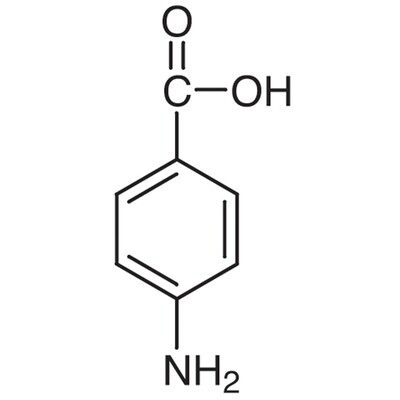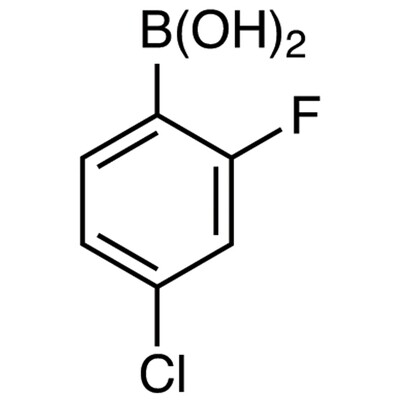Verzending 24–48 u • Levering in de hele EU • Veilige chemieverpakking
Neodymium chloride hydrate 99.999% 50 g
SKU 903668
€ 311,85
In stock
1
Save this product for later
Neodymium chloride hydrate 99.999% 50 g
Product Details
CAS number: 13477-89-9
Chemical formulas: NdCl3 . xH2O/ F.W. 250.60
Cation: Nd
Packaging: 50 g
EAN: 8721028237620
Brand: Laboratoriumdiscounter
Neodymium chloride hydrate is a rare earth compound used in various industrial applications, including catalysts, magnets, and glass manufacturing. Learn more about its properties and uses.
When working with Neodymium chloride hydrate, it is important to follow proper safety precautions to ensure your well-being. Here are some short safety instructions to keep in mind: 1. Personal Protective Equipment (PPE): Always wear appropriate PPE, including gloves, safety goggles, and a lab coat or protective clothing. This will protect your skin, eyes, and clothing from potential contact with the chemical. 2. Ventilation: Work in a well-ventilated area or use a fume hood to prevent the inhalation of any fumes or vapors that may be released during handling or mixing of Neodymium chloride hydrate. 3. Handling and Storage: Handle the chemical with care, avoiding any spills or splashes. Store it in a tightly sealed container in a cool, dry place away from incompatible substances. 4. Avoid Ingestion and Inhalation: Never eat, drink, or smoke while working with Neodymium chloride hydrate. Avoid inhaling the dust or mist generated by the chemical. If accidentally ingested or inhaled, seek medical attention immediately. 5. Fire Safety: Neodymium chloride hydrate is not flammable, but it may emit toxic fumes when exposed to high temperatures. Keep it away from open flames or heat sources. 6. Chemical Compatibility: Be aware of the chemical's compatibility with other substances. Avoid contact with strong oxidizers, acids, or bases, as it may result in hazardous reactions. 7. Spill and Leak Response: In case of a spill or leak, contain the area and clean it up promptly using appropriate absorbent materials. Dispose of the waste according to local regulations. 8. First Aid: Familiarize yourself with the appropriate first aid measures in case of accidental exposure. Rinse affected areas with plenty of water and seek medical attention if necessary. 9. Emergency Procedures: Know the location of emergency exits, eyewash stations, and safety showers in your work area. In case of an emergency, follow the established protocols and notify the appropriate personnel. 10. Training and Knowledge: Ensure that you have received proper training and have a good understanding of the properties and hazards associated with Neodymium chloride hydrate before working with it. Remember, these instructions are not exhaustive, and it is essential to consult the specific safety data sheet (SDS) and follow the guidelines provided by the manufacturer or your institution.
Please note, not all safety data for this product is available on our website, for a complete list of P en H sentences and other safety instructions please request the MSDS at our customer service
You May Also Like
Display prices in:EUR













